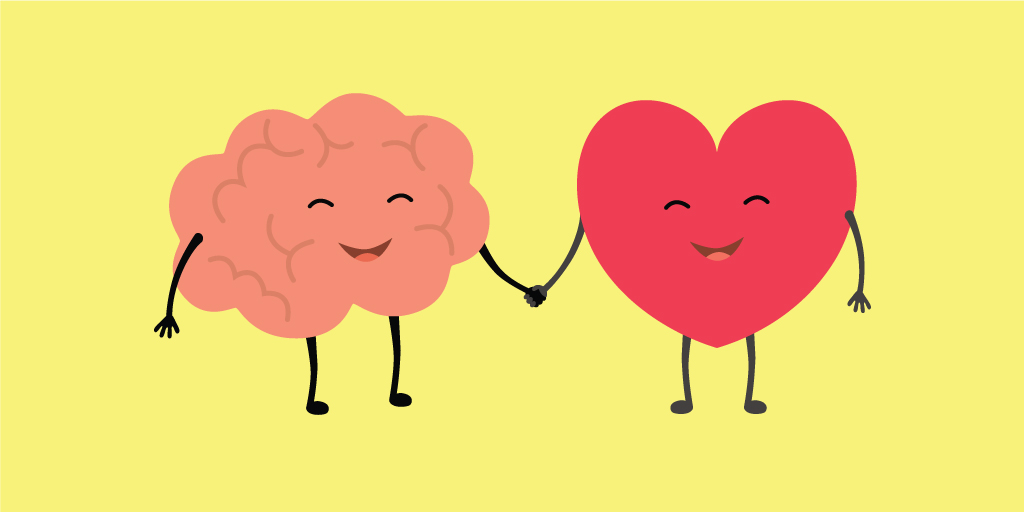
With one in five children being affected by a mental health disorder, mental health is the most common health issue among children in the U.S. today. American students spend about one-sixth of their waking hours in school, which puts much of the weight of identifying and supporting students’ mental health on the shoulders of teachers. Teachers already hold so many torches in their schools and classrooms, and coming up with ideas to support students can be a challenging task.
Luckily, there are a variety of technology solutions available to help teachers support their students’ mental health. With these apps, software, and digital tools, educators can help students develop healthy coping techniques and learn how to better understand and communicate their emotions.
Here are five ways you can support students’ mental health with technology:
- Wellness & Meditation Apps
Using wellness and meditation apps can be a great way for all students––especially those with anxiety or attention disorders––to learn healthy relaxation techniques. With many options available for free, such as the Aura mindfulness app, and more in-depth apps like Calm and Headspace available for a monthly subscription, any student with a device can learn meditation and relaxation techniques on their own schedule.
Tip: Try one of these apps’ guided breathing exercises with your entire class to encourage mindfulness and help students return to focus after recess or lunch.
- Digital Monitoring Software
In 2019, suicide rates reached a 20-year high for teens ages 15–19, making suicide the second-leading cause of death for adolescents. Unfortunately, without being aware of students’ mental health issues, parents and educators can’t always intervene in situations where students intend to cause themselves harm. To combat this, many companies such as Gaggle and GoGuardian have created student monitoring software that constantly monitors students’ school accounts for mentions of mental health situations or potential self-harm.
- Anonymous Backchannel Tools
A big part of supporting students’ mental health is making sure that all students feel heard in the classroom and beyond. Consider implementing an anonymous backchannel chat room or discussion board where students can ask questions or share concerns during a lesson or class period. Backchanneling gives your students a voice in real time, and helps to include and engage students who otherwise may be too shy to share their thoughts or opinions during class.
Tip: Start the day with an entry ticket on an anonymous backchannel during homeroom or study time to help students set their intentions for the day or share personal stresses that may be weighing on them.
- Digital SEL Programs
As we enter a new decade, one of the top trends in K-12 education is a focus on social and emotional learning (SEL). SEL is the process through which students learn about and implement positive emotional habits and responsible relationships. Many different digital SEL curriculums exist, but some schools are finding it especially beneficial to implement an online mental and behavioral health system to overcome personal barriers to learning. With a digital SEL program, teachers can deliver behavioral interventions and provide students with personalized guidance and resources to support their mental health.
- Online Support Groups
Students are often embarrassed or afraid to talk to others about their mental health struggles. For many students, an anonymous online support group can offer valuable encouragement and a deeper understanding of the mental health concerns they may be facing. Making sure students are aware of and have access to these online groups can have a positive effect on how they handle their personal mental health issues.
Tip: Display links to these support groups, as well a link and phone number for the National Suicide Prevention Lifeline, in your classroom or on your class website so students can always have easy access to these resources on their own terms.
To connect with fellow educators to discuss student mental health and other important topics, consider joining MimioConnect™, our interactive teaching community.



